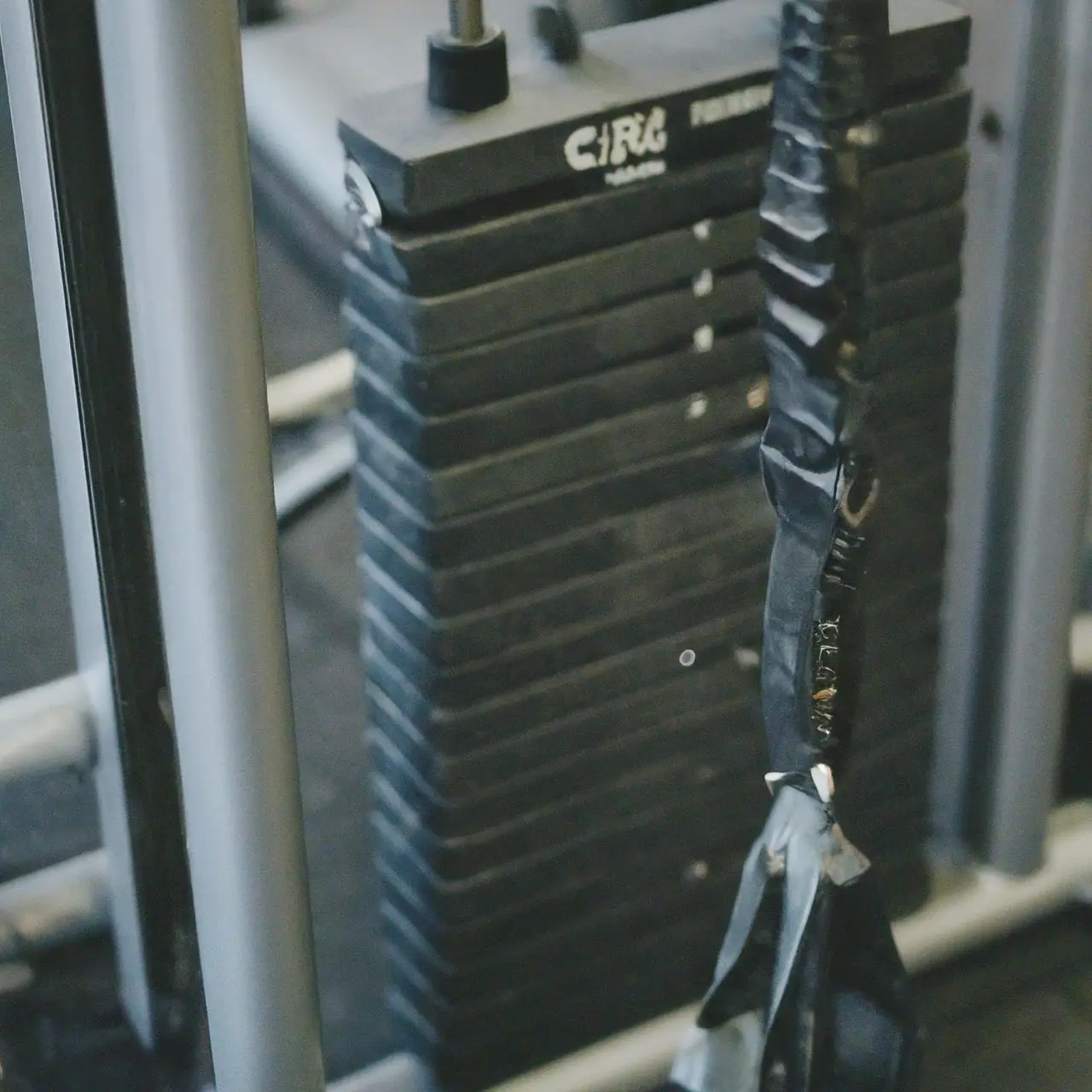Keeping your gym equipment in top shape is crucial for your fitness journey. This guide dives into the why, when, and how of belt replacement, ensuring your workout routine is never compromised.
Understanding the Importance of Belt Replacement
When it comes to gym equipment, the belt is often the unsung hero, quietly doing its job day after day. However, just like any other part, it wears out over time and needs replacing. Ignoring belt maintenance can lead to equipment failure, posing a safety risk and interrupting your fitness regimen. A fresh belt means smoother operation, less wear on other components, and more effective workouts.
Regularly replacing the belt on your gym equipment can significantly extend its lifespan. It’s akin to changing the oil in your car; it’s a small act that has a big impact on performance. A worn or damaged belt can cause unnecessary stress on the motor and other moving parts, leading to more expensive repairs down the line. In this sense, belt replacement is not just maintenance—it’s an investment in the longevity of your equipment.
Identifying Signs That It’s Time for a Replacement
Knowing when to replace the belt on your gym equipment can be tricky, but there are a few telltale signs. One of the most obvious is a slipping belt. If you feel the belt hesitating or see it moving irregularly during use, it’s a clear indicator that it’s worn out. Strange noises, such as squeaking or grinding, can also indicate that the belt is on its last legs and needs attention.
Another sign to watch out for is fraying or visible wear and tear on the belt. If you can see cracks, frayed edges, or any signs of physical degradation, it’s time for a replacement. Regular inspections can catch these issues early, preventing more severe problems and ensuring the safety of anyone using the equipment.
Types of Belts and Their Specific Uses
Belts are not a one-size-fits-all component. Different types of gym equipment require different belts, each with specific characteristics and purposes. For instance, treadmills usually use a V-belt or timing belt, designed to provide the optimal balance of power and precision. In contrast, resistance machines might use a flat belt, prized for its flexibility and durability in delivering steady resistance levels.
Step-by-Step Guide to Replacing the Belt
Replacing a belt doesn’t have to be an overwhelming task. With a bit of preparation and the right tools, you can do it yourself. First, ensure you have the correct replacement belt for your specific piece of equipment. Each machine has its own specifications, and using the wrong belt can cause damage. Next, power off and unplug the equipment to ensure safety. With the machine off, carefully remove any covers or panels to access the belt.
Once you’ve located the old belt, take note of how it’s installed. This is crucial for ensuring the new belt is installed correctly. Slowly remove the old belt, paying attention to any tensioning mechanisms that need to be released. With the old belt removed, compare it to the new one to confirm it’s the correct type and size. Finally, install the new belt, following the path of the old one and adjusting any tensioning mechanisms as needed. Remember, the goal is for the belt to be snug but not overly tight.
Maintenance Tips to Extend the Life of Your New Belt
After installing your new belt, regular maintenance can ensure its longevity. Periodically check the tension of the belt; an improperly tensioned belt can wear out prematurely or cause damage to the equipment. Clean your gym equipment regularly, keeping the belt free of dust and debris, which can degrade its material over time.
Lastly, be mindful of how the equipment is used. Overloading the machine or using it improperly can stress the belt unnecessarily, shortening its life. By following these simple maintenance tips, you can ensure that your gym equipment—and its newly replaced belt—remains in top condition, supporting your fitness goals without interruption.
Keeping Your Gym Equipment in Peak Condition
Belt replacement for your gym equipment doesn’t have to be daunting. With the right tools, some patience, and this guide, you can ensure your machines stay in peak condition, supporting your fitness goals for years to come. Remember, a little maintenance goes a long way toward securing your investment and your health.

